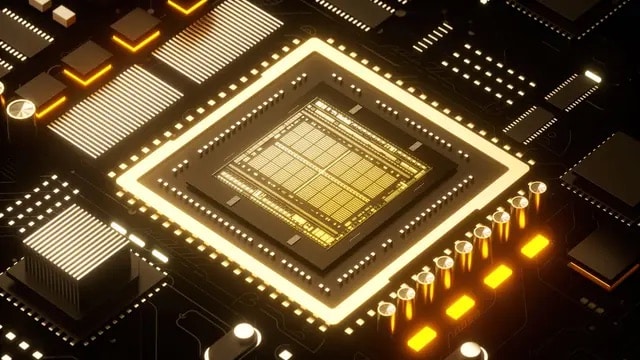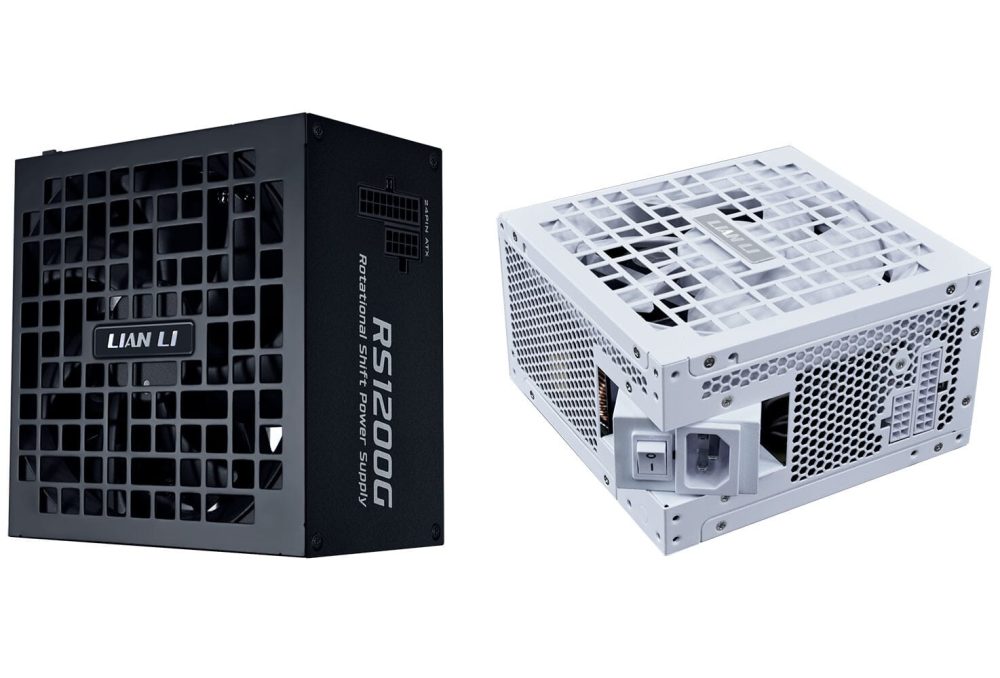In a landmark achievement with profound implications for astronomy, AI, and global tech competition, a research team from China’s Tsinghua University has unveiled “Yuheng”, the world’s first sub-ångström snapshot spectral imaging chip. The breakthrough, published in Nature on October 15, promises to revolutionize how we see the universe, capturing starlight with unprecedented clarity and speed from a device smaller than a thumb.
A Revolution in Light
Named after a star in Chinese mythology, Yuheng (also referred to as Rafael) shatters long-standing limitations in optical science. Unlike traditional spectrometers that split light into colors at the cost of size and efficiency, Yuheng uses a radical reconfigurable computational imaging architecture. It combines random interference masks and lithium niobate electro-optic materials to capture full spectral and spatial data in a single snapshot.
The result? A chip that delivers:
- Sub-ångström spectral resolution, distinguishing colors less than a tenth of a nanometer apart
- Tens-of-megapixel spatial resolution across visible and near-infrared wavelengths
- 88 frames per second at 73% light transmission, brighter, faster, and far more precise than any existing technology
From Millennia to Years: Remapping the Galaxy Becomes Possible
One of the most staggering applications is in astronomy. While world-class spectrometers might analyze one star at a time, Yuheng can capture the detailed spectra of 5,600 stars per second, a 100 to 10,000-fold improvement in observational efficiency.
This turns cosmic cartography from a multi-generational dream into a near-term reality. Mapping the Milky Way’s hundreds of billions of stars, a task once estimated to take millennia, could now be completed in under a decade.
Small Chip, Giant Potential: From Satellites to Surgery
Yuheng’s compact size (just 2cm x 2cm) makes it ideal for integration into satellites, drones, medical devices, and autonomous systems. Potential real-world applications include:
- Space Exploration: Mounted on telescopes like Spain’s Gran Telescopio Canarias, it could accelerate the search for exoplanets, dark matter, and black holes.
- Environmental Monitoring: Drones equipped with Yuheng could detect pollutants or assess crop health with lab-grade precision from the air.
- Medical Diagnostics: Enable real-time, non-invasive tissue analysis for early disease detection.
- Autonomous Vehicles: Provide superior object and road condition recognition under challenging light.
A New Chapter in the Global Tech Race
Led by Professor Fang Lu, the Yuheng project signals China’s growing leadership in frontier technologies, from semiconductors to advanced optics. By overcoming the classic trade-off between spectral resolution and imaging throughput, the chip also opens new frontiers in machine perception and computational optics, potentially accelerating progress in AI and machine vision worldwide.
The team is now focused on improving the chip’s stability and scaling its integration. While still in development, Yuheng has already set a new global benchmark, proving that the future of imaging isn’t just about more pixels, but deeper insight, captured in an instant.


